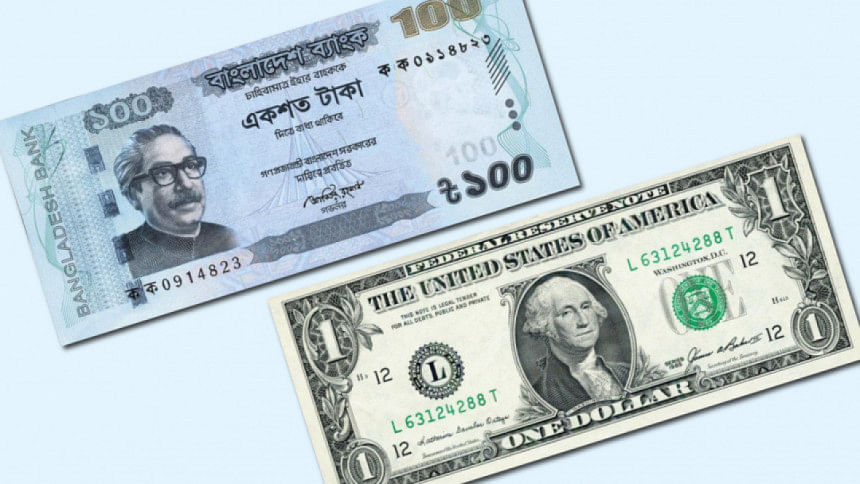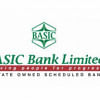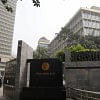Funds get costlier as liquidity crisis drags on

Both the government and banks are facing a tight liquidity situation, which has pushed up the yield of treasury bills and bonds and the lending rate in the banking sector.
The contractionary monetary stance announced by the central bank earlier this month to rein in higher inflation, which stands at more than 9 percent, has further pushed up the interest rates.
The weighted-average interest rate on loans stood at 7.89 percent in October, up from 7.31 percent in June, when the BB withdrew the lending rate cap and introduced a new interest rate-setting formula.
As per the new formula, the interest rate on bank loans stood at 11.89 percent in January this year. It is likely to cross 12 percent in the upcoming months, commercial bankers say.
Banks can impose a margin of 3.75 percentage points on the six-month moving average rate of treasury bills, abbreviated as SMART. The SMART was 8.14 percent this month, up from 7.10 percent in July.
Not only on bank loans, but the interest rates on treasury bills and bonds now also stand at higher levels and they have continued to rise this fiscal year as the central bank suspended printing money.
The yield of treasury bills stands at a decade-high of over 11 percent while the yield of treasury bonds, which ranged 7-8 percent a few months ago, has surpassed 12 percent, showed Bangladesh Bank data.
The interest rate on loans is also on an upward trend despite slow credit demand. Private sector credit grew 9.90 percent in November, a deceleration from 10.09 percent a month earlier.
"The interest rate on loans will rise once credit demand increases," said Emranul Huq, managing director of Dhaka Bank.
"Credit demand will rise in the coming days as political uncertainty has dissipated."
During the auction on January 24, a total of 35 banks and one non-bank financial institution took Tk 15,585 crore from the central bank under the repo, assured liquidity support facility, assured repo facility, the standing lending facility, and Islamic Banks Liquidity Facility to meet liquidity shortage.
As per Huq, increasing liquidity flow is a major challenge now because banks are facing a tight liquidity situation due to the crisis in the foreign exchange market.
"The liquidity flow in banks will rise if export earnings and remittances go up."
The central bank has continued to pump US dollars into banks from its reserves since August 2021.
The banking regulator has sold around $29 billion since August 2021, mopping up an equivalent amount of the taka from the banking sector, one of the major reasons for the liquidity crisis.
Mohammad Ali, managing director of Pubali Bank, told The Daily Star that the tight liquidity situation was expected because the central bank adopted a contractionary monetary policy to control the high inflation.
In its new monetary policy, the BB increased the policy rate, or repo rate, by 25 basis points to 8 percent, its eighth straight increase since the tightening cycle began in May 2022. The move is aimed at increasing the cost of funds.
Ali said that credit growth would not accelerate in the coming days due to the high interest rates, which were capped at a maximum of 9 percent between April 2020 and June 2023.
"There are even risks that unemployment may go up, which will pose another challenge," he said.
However, he said, the liquidity crunch would not persist if inflation comes under control.
The BB has lowered the private sector credit growth target from 11 percent to 10 percent to reduce demand in the economy.

 For all latest news, follow The Daily Star's Google News channel.
For all latest news, follow The Daily Star's Google News channel. 








Comments